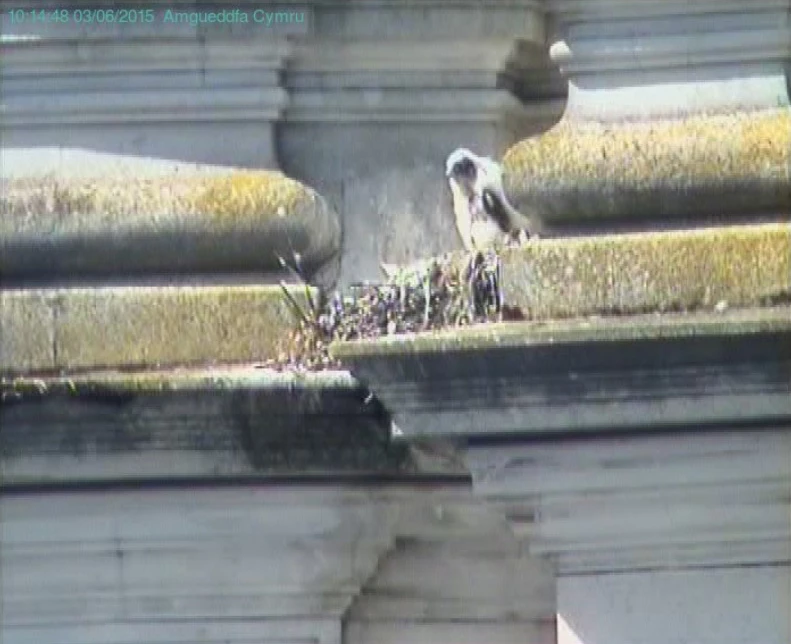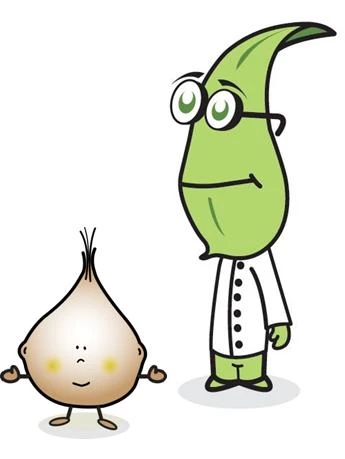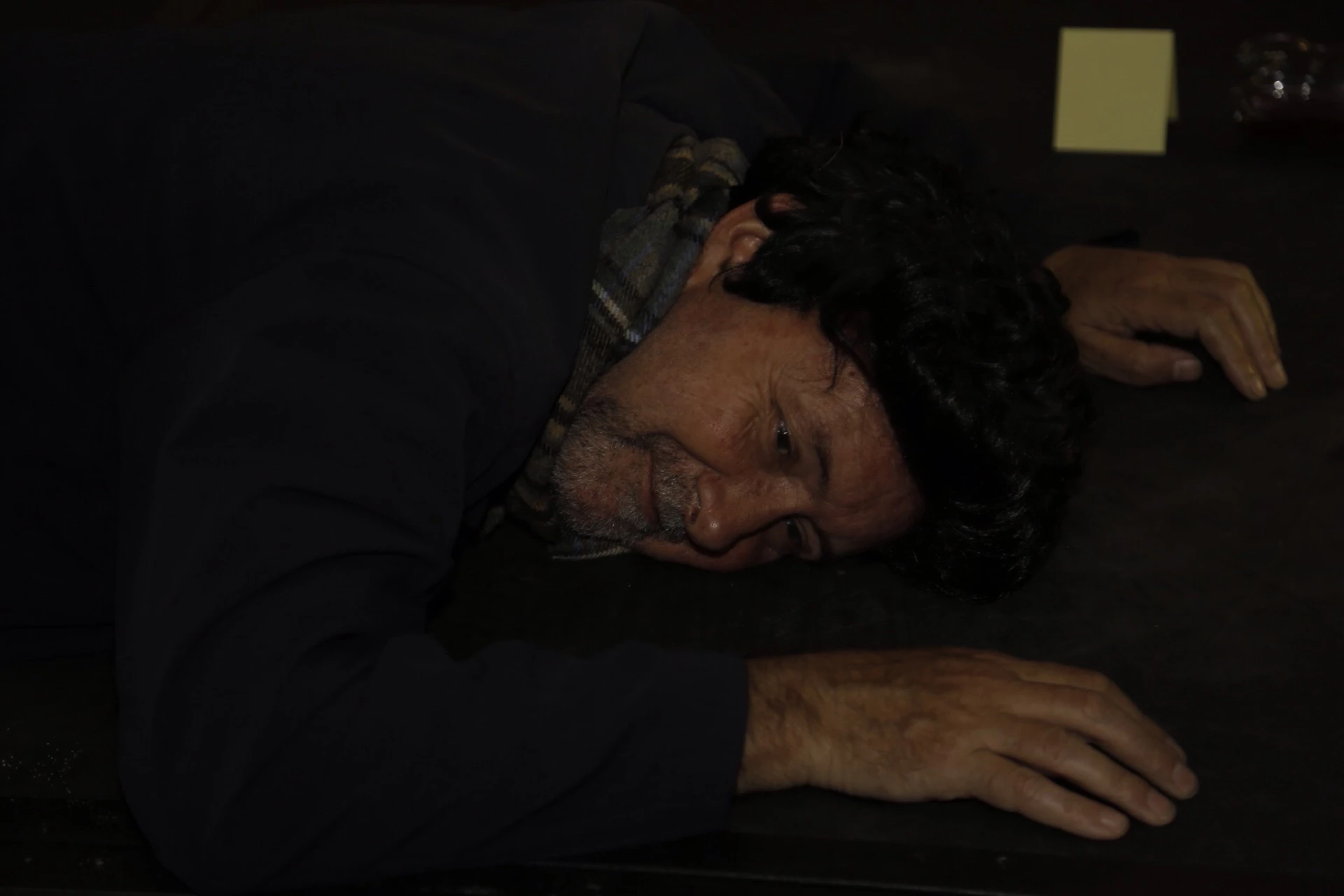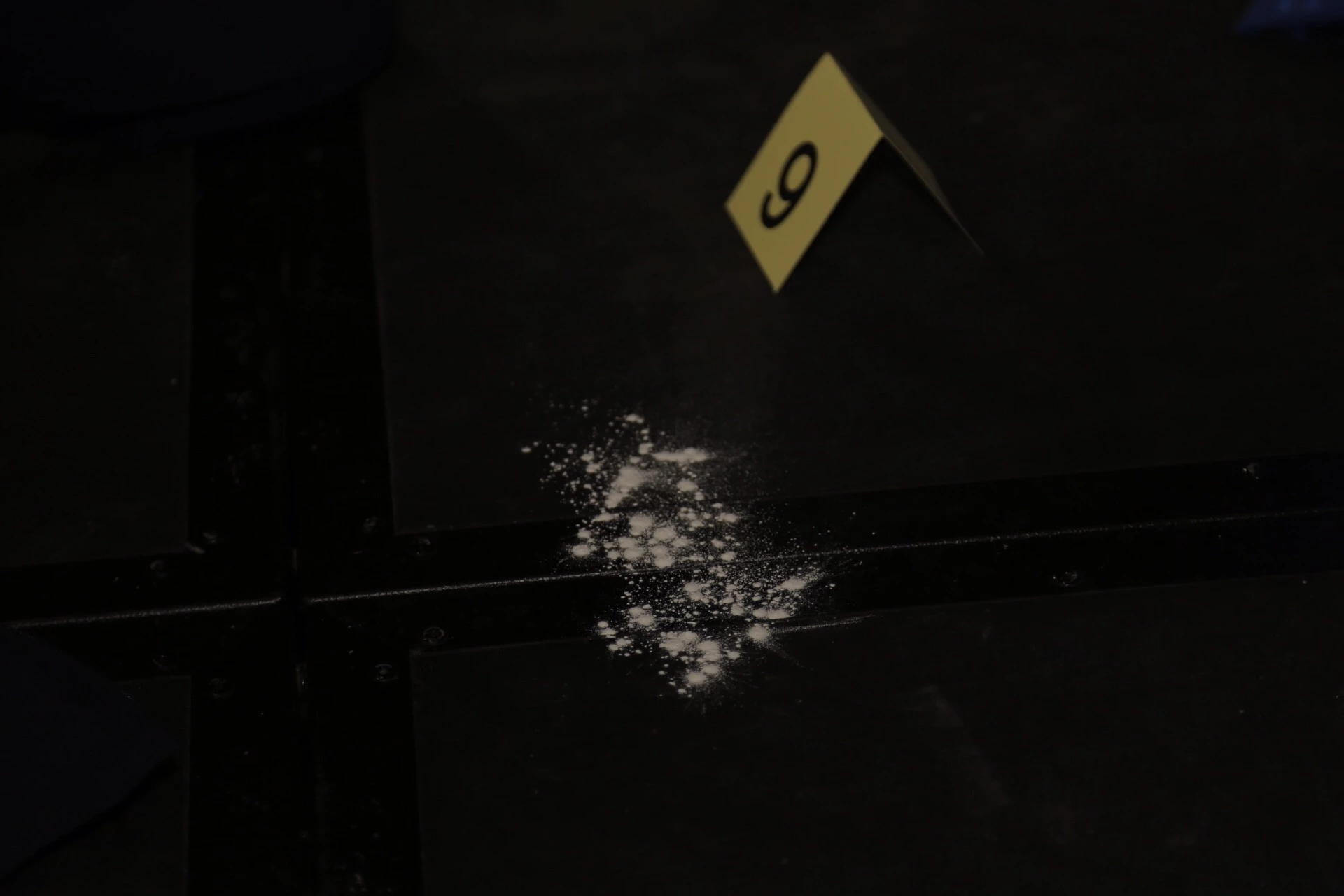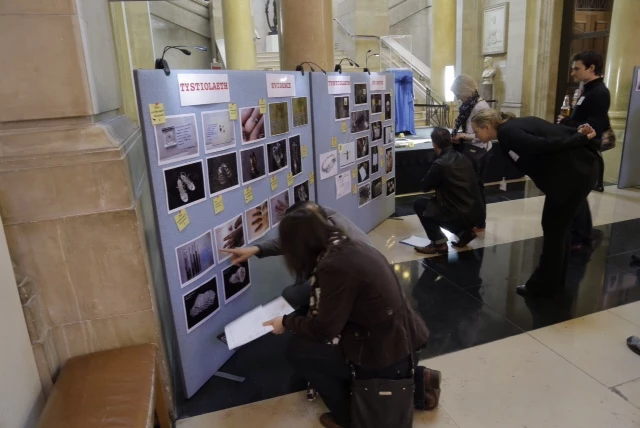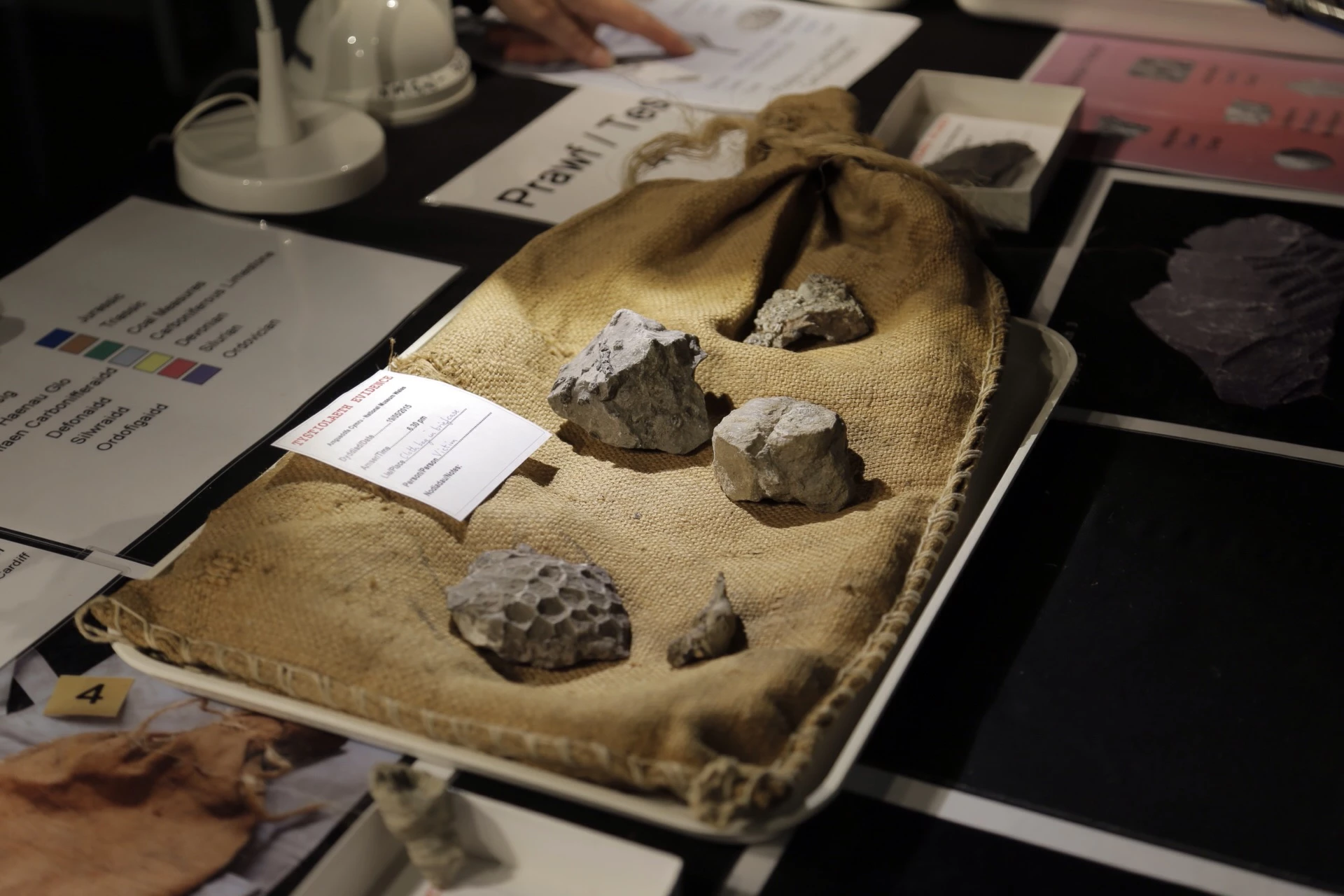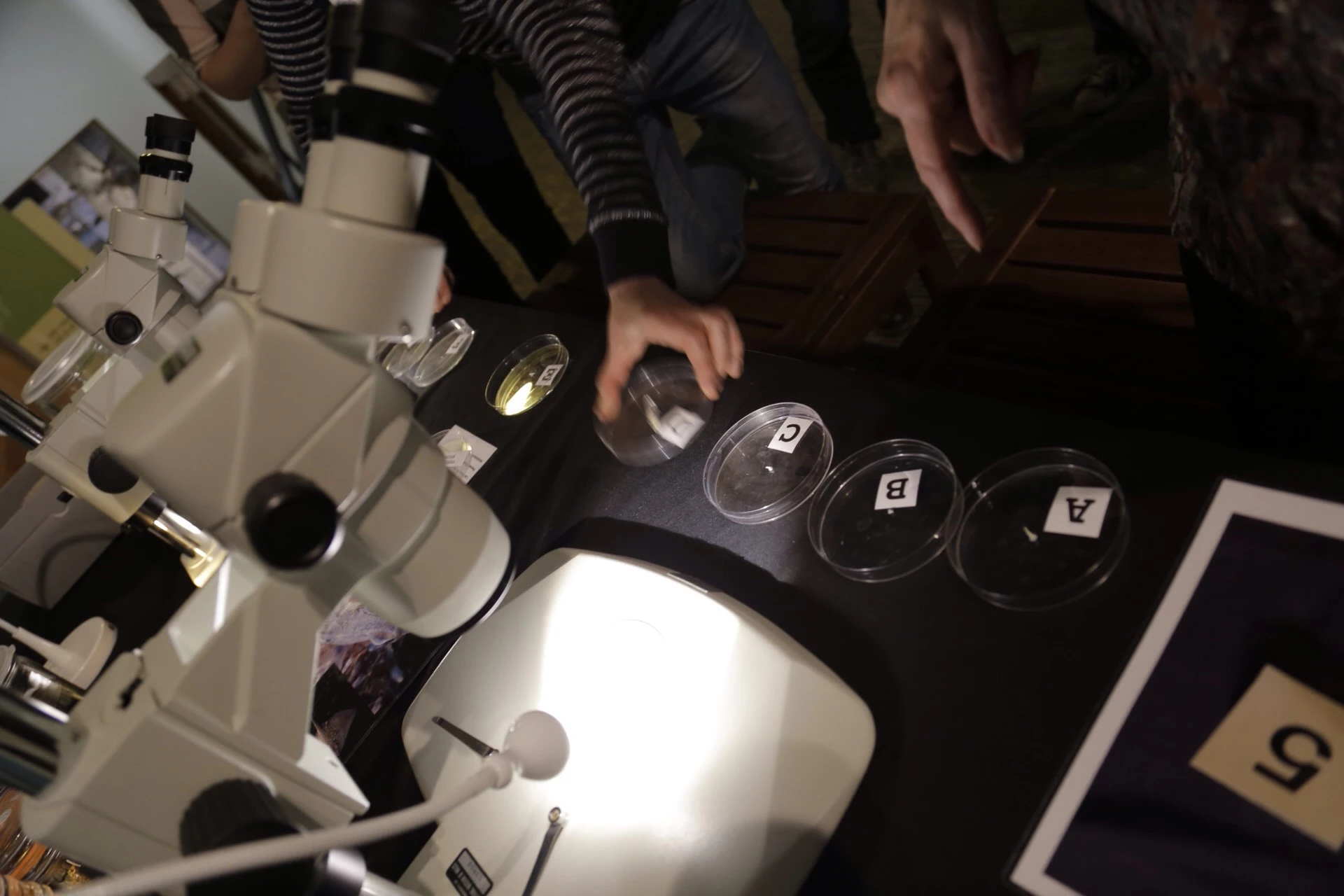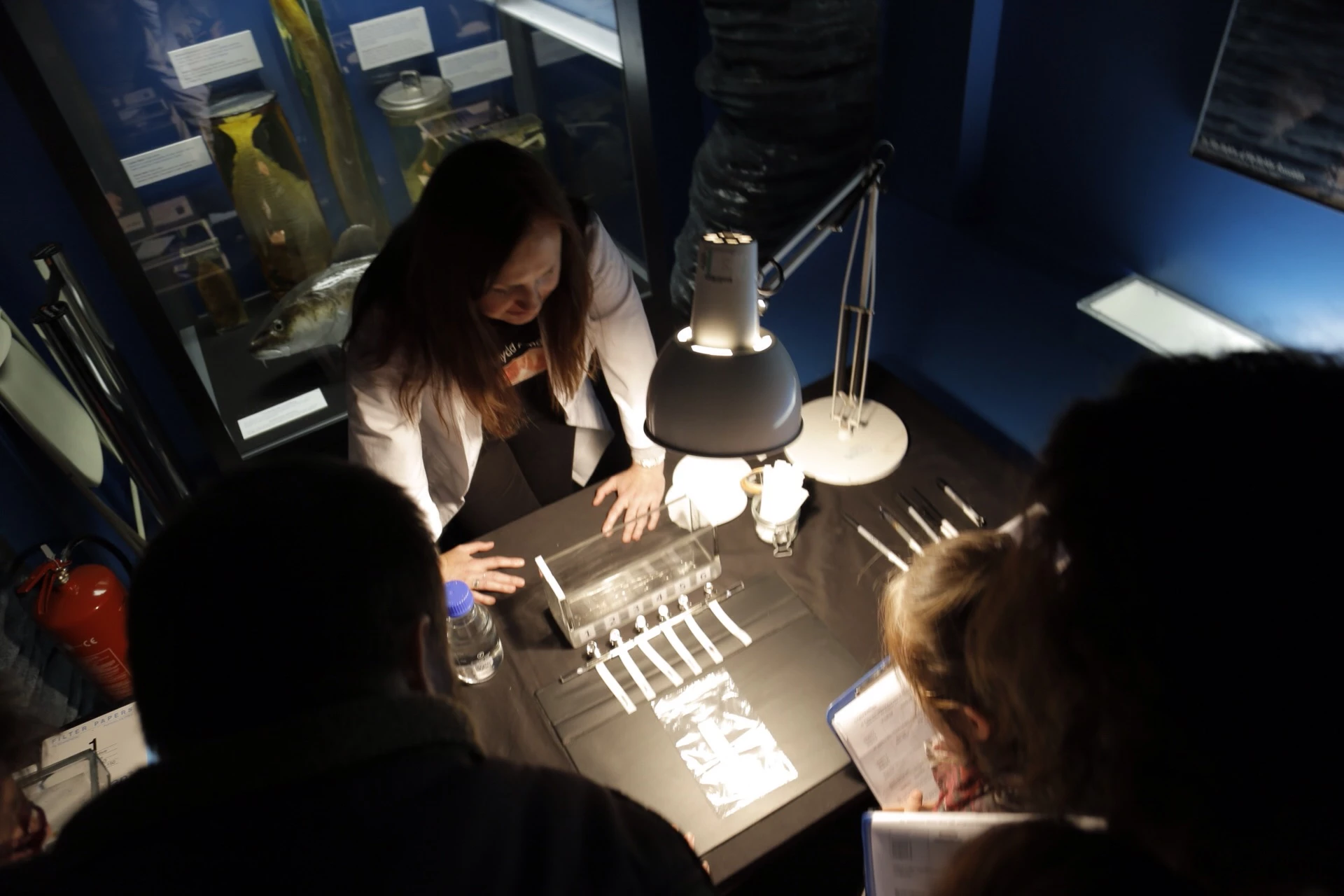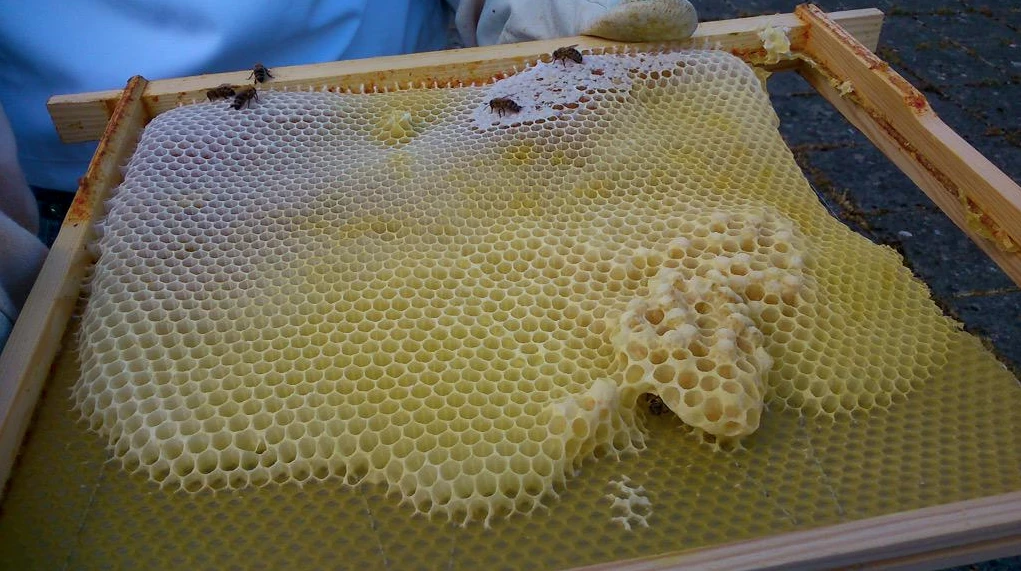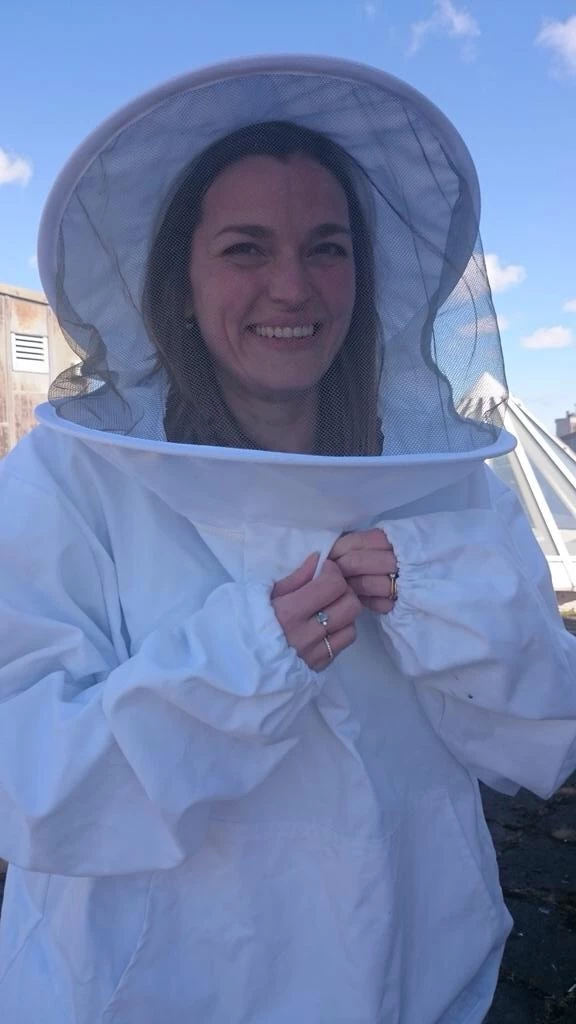A Museum Beekeeper's Diary 2015
, 3 June 2015
Back in August 2014 the National Museum Cardiff received its two newly bred colonies of honeybees. Due to the timing of the bee keepers training and the specific needs for colonies to be bred on Deep National frames the bees arrived much later in the season than we were anticipating. The two new “nucs” (nuclei of bees) were rehomed in new hives situated on the roof of the Museum where there is adequate space for the beekeepers to work safely and have adequate shelter from the worst of the weather. From the outset we realized that production of honey wasn’t likely to be an option in the first year with the bees putting all their efforts into building their numbers and storing adequate reserves to see them through the Welsh winter months. During September and October the bees worked hard gathering nectar and storing honey for the months ahead however even from the outset it was immediately clear that one hive was far more productive that the other. The bees in our better hive probably tripled in numbers, whereas the bees in the other hive were sulking! In late September both the hives were treated for parasitic Varroa mites and we were all astonished that so many mites were present in two relatively new colonies. Along with the Varroa treatment the bees were fed. We placed frame feeders inside the hives and fed invert syrup (a sugar syrup where the sucrose sugar has already been split into glucose and fructose thus allowing the bees to expend less energy metabolizing it). The feeding seemed to be going well until in early October approximately 600+ bees from the weaker of the two hives drowned in the feeder. This occurrence is unusual but not completely unheard of, however our sulking colony was further weakened by this unfortunate incident. Fearing for the weaker of the two colonies we readied the hives for the winter and closed them up until the spring.
The winter itself wasn’t a particularly cold one and by mid February colleagues were reporting that they had seen bees in the gardens around the museum. Reports from maintenance staff using the roof suggested that both colonies had survived and on the warmer days, were out foraging in the parks surrounding the museum. Robin and I made our first very provisional inspection on a warm sunny day in mid March. We opened the hives and took a look at the numbers of bees inside. Since the air temperature really wasn’t all that high we opted not to remove frames of bees and potentially chill any unhatched brood so instead we just observed and noted the level of activity and numbers of bees in the hives without disturbing them. The difference between the two hives was shocking! The stronger hive had 6 or 7 full frames of bees while the other had only 1 full frame! Despite the less strong hive having plentiful reserves of honey we made an immediate decision to start feeding the colony in an attempt to strengthen and hopefully resurrect it.
In the last week of March (26th) our beekeeping mentor, Pete from Natures Little Helpers, came to do our first proper inspection. We went through the strong hive finding the queen looking healthy and laying eggs just as she should be. The numbers of bees in this hive was already growing and the hive was filling up quickly. The weaker hive was very different, Pete initially suspected that the queen might not be present but a quick inspection of the brood area of the hive suggested that eggs were being laid and that a mated queen was present. The hunt for the queen commenced and since we didn’t have lots of bees to look through we eventually found her. She was a new queen, different to that when we got the colony and had never been marked. Our other queen carries a lovely green spot on her back making her quite obvious, however finding this unmarked queen was quite a task. What we noticed immediately was that some of the cells contained not one egg as you’d normally expect but two or three. Pete explained that this sometimes happens when there are not enough worker bees in the colony to prepare brood cells ready for the queen. These multiple laid cells were not going to be viable and ultimately no bees would result from that those eggs. In order to help this weaker colony we decided to try and reinforce the worker bee numbers by moving some frames of unhatched and juvenile bees from our rapidly growing strong hive into the weeker hive. It seems incredible that this is possible but apparently the new bees will become accustomed to the new scent of their adopted queen and switch their allegiance. We carefully, making sure not to move the queen, moved one good full frame of unhatched brood from the centre of our strong hive into the centre of the weaker hive. We then installed a homemade contact feeder (made from a jar with a perforated top), which in the absence of syrup we filled with honey.
Our weekly inspections then began on good warm days when the wind wasn’t too strong! Keep posted for further updates from our Museum's Beekeepers.

